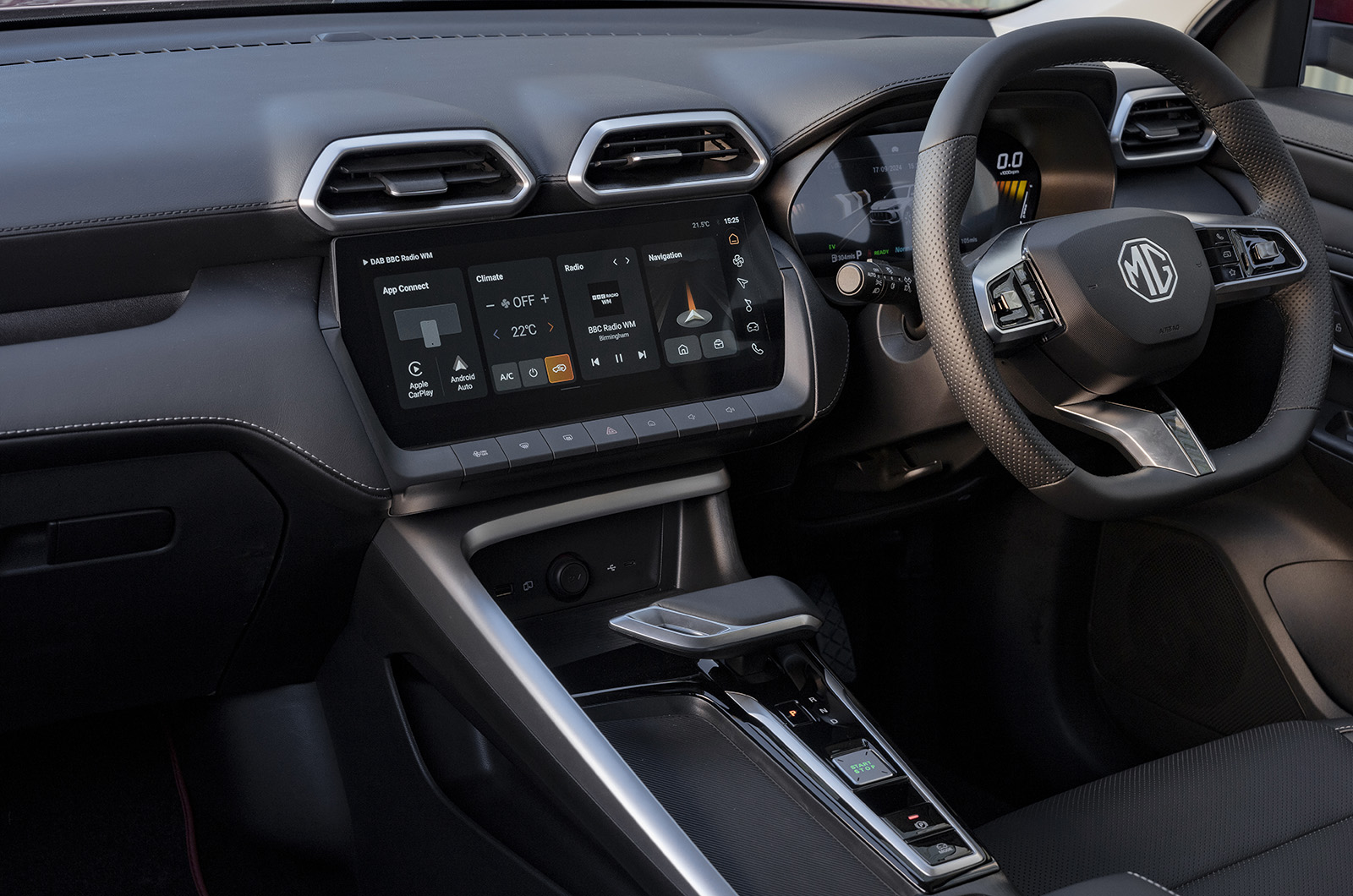Having surfed the growth wave of interest in electric cars at the beginning of this decade, MG has now hedged its bets rather cleverly as private buyers have checked their enthusiasm for zero-emissions cars. The company’s success is now being propelled, believe it or not, by a second, fresh wave of EV scepticism.
This year MG has replaced the aged MG 3 supermini with a hybrid successor, has introduced a long-range, extra-attractive PHEV version of the MG HS family SUV and is now betting on full-hybrid power yet again for its replacement of the smaller MG ZS small SUV.
In each case, it’s offering customers a very attractively priced car with some of the key strengths of a fully electrified option, but without the need to pay full-ticket EV prices or to necessarily worry about charging or reinventing their motoring habits. It’s been a powerful strategy and could yet make MG become one of the UK’s bestselling car brands for 2024.
This new MG ZS Hybrid+, it expects, should be second only to the HS among its biggest-selling cars once the final tally is done for 2025.




























